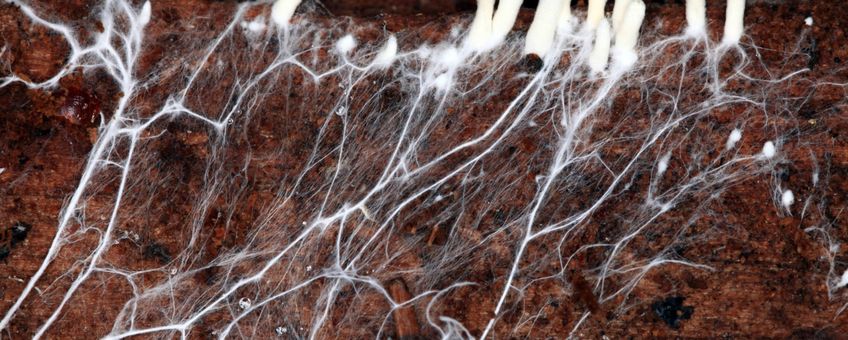
Microorganisms are gamechangers in ecosystem restoration
Wageningen Environmental Research, Wageningen University & ResearchThis is argued by scientists from Wageningen in the scientific journal Science.
Microorganisms, such as fungi and bacteria, are indispensable for the soil. They determine how plants can take root, suppress plant diseases and break down dead plant material, from which new nutrients for plants arise. They also determine the sponge function of the soil: for example, how much water is filtered and retained. Because of their indispensable function, microorganisms are often seen as indicators of soil health. Less attention is paid to their potential as directors of soil recovery. Scientists at Wageningen University & Research emphasize the importance to change this.
Gamechangers
They say microbiota, the collective name for all types of microorganisms, are the 'gamechangers' in soil recovery. To get a better idea of how far this potential reaches, the authors have made an overview of the most promising microbial groups. In doing so, they also indicate how each group can help in different forms of restoration.
"That microorganisms determine soil functions has been known for at least two decades," says Oksana Coban, microbiologist and lead author of the Science study. "Yet there are hardly any experiments that look at how microorganisms can influence soil properties in such a way that they can help degraded soil ecosystems (ecosystems that have declined in quality)." This idea arose during an Open Mind project of NWO. Coban: "I went into that with an open mind. As a microbiologist, soil restoration was a new topic for me, but I was surprised how little is known in this area."
Hydrological restoration
The study pays special attention to so-called hydrological restoration. This involves the sponge effect of the soil: allowing enough water to infiltrate, retaining some for plants, allowing too much water to pass through and filter for drinking/groundwater replenishment. Water is needed for plant growth, which in turn is an essential step for the recovery of degraded soils. "Although only 0.05 percent of the world's freshwater supply is stored in soil, soil water is essential for life on land," explains co-author Martine van der Ploeg. "The interaction between soil biology and the sponge effect of the soil plays an essential role in the water cycle. This also requires cooperation between soil biologists and hydrologists. This is rare so far and therefore makes this study very unique."
In the overview of most promising microbial groups for soil restoration, the authors start with the most promising groups for hydrological soil restoration. The data are the result of an in-depth analysis into the composition of microbiota in drylands and how they respond to changes in soil water. Using this information, it was possible to stimulate the growth of microbiota by adding "food" that they love and in this way improve the sponge action of the soil. Once the health of the soil is sufficiently improved, it is possible to add vegetation that will work together with microorganisms to further strengthen the soil.
Text: Wageningen Environmental Research
Photo: Shutterstock
